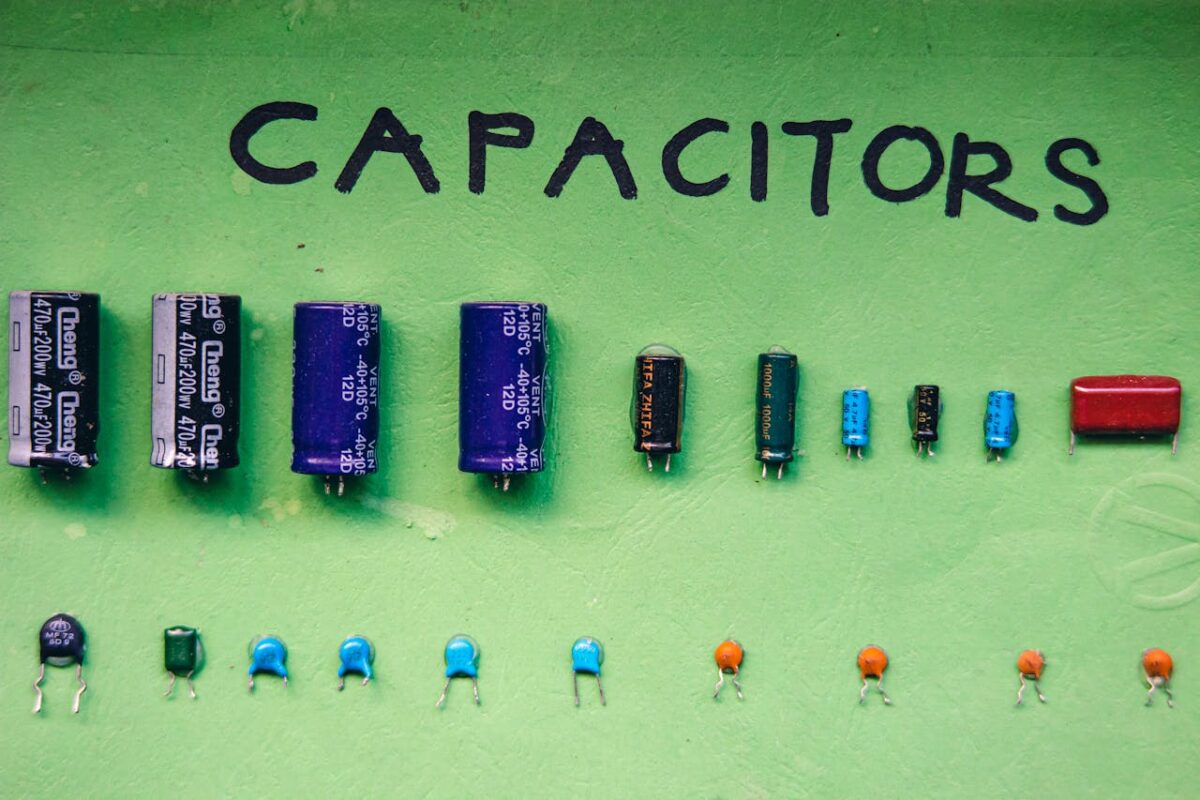Across all manner of electronics and engineering projects, the role of the humble capacitor can be relatively unsung. After all, even the very purpose of this component – to store electrical energy and release charge to smooth out power, akin to a temporary and fast-responding “battery” – isn’t always easily or readily understood by the wider public.
If, though, you are an engineer who works with capacitors and related components on a routine basis, you will know the critical role that capacitors play in keeping circuits humming along.
The Stakes Are High When It Comes to Capacitance Conversions
Are you presently engaged in the process of designing a new printed circuit board (PCB), troubleshooting a circuit, or swapping components? If so, you might wish to know more about capacitor values and how to convert between them.
Any lack of understanding of this topic could cause you to choose the wrong capacitance for your given application. This, in turn, could lead to the circuit behaving erratically, the signal becoming distorted, or even component failure.
So, let’s delve deeper into this subject to help you avoid such undesirable consequences.
Confusion Can Easily Reign in Relation to Capacitor Values
The base unit of capacitance in accordance with the International System of Units (SI) is the farad, named after the English chemist and physicist, Michael Faraday (1791-1867).
In practical contexts, though, capacitance tends to be expressed in smaller units, such as microfarads (µF), nanofarads (nF), or picofarads (pF).
Now, you can probably immediately begin to see the problem: that’s a fair number of different units that could conceivably be used to express capacitance in any given situation.
Sure enough, across datasheets, schematics, and component markings, a mix of different units is often used – there isn’t always much consistency.
A capacitor labelled “100n”, for example, may be mistaken for a 100 µF capacitor, instead of the 100 nF variant that it actually is.
Given that 100 µF is equal to 100,000 nF, with 1 µF being equivalent to 1,000 nF, that’s a massive error to make, potentially disrupting a circuit’s timing, filtering, or power delivery.
In What Scenarios Is It Crucial to Rapidly and Accurately Convert Capacitor Values?
There are several situations in which it is hugely important to know how to undertake precise and swift conversions between capacitance values:
- Component Substitution
When your project requires a capacitor to be replaced, you will need to match its value with any new capacitor arrangement you introduce.
For instance, a given schematic might specify 0.1 µF, while the available capacitor may be labelled 100 nF. Knowing that these are equal will enable you to proceed with confidence.
- Design Scaling
If you need to adapt a circuit for different frequencies or voltages, it may be necessary to adjust capacitance values.
By converting between units, whether manually or with the use of an online converter (or both), you can ensure accuracy during calculations.
- Troubleshooting
It can be very easy at times to misread a particular capacitor’s value. You may, for instance, mistake 10 pF for 10 nF… leading you to a situation where you need to spend hours debugging.
Taking the time to perform capacitance conversions can also serve as a way of verifying specifications, so that you don’t make quite so many errors like this.
How Do You Carry Out Fuss-Free Capacitance Unit Conversions?
You could, of course, simply remember the relevant formulas for converting between the different capacitance units, including that:
- Picofarads (pF) are equal to 10-12 farads (F)
- Nanofarads (nF) are equal to 10-9 F, or 1,000 pF
- Microfarads (µF) are equal to 10-6 F, or 1,000 nF
However, with there also being all manner of online tools easily available that allow for quick capacitance conversions, you don’t need to stick to manual methods alone.
Indeed, it is good practice to find at least one or several such tools from a reputable source, such as the electrical component supplier RS. You will then be able to use your chosen tool to routinely verify the results of any manual conversion calculations you perform.
Make sure you double-check the input as well as the output units. Some converters default to specific units, so it will be important to ensure alignment with your needs.
If the result of a particular conversion seems “off”, try it again with another tool, or perform a manual calculation to confirm. This will be particularly important for critical applications.
You Don’t Have to Rush or Gamble When Swapping Capacitor Values
By educating yourself on the relationships between different capacitance units and gaining skill in the use of both manual conversions and freely available online tools, you can greatly help to ensure confident, accurate, and swift conversions, every time.
That, in turn, will enable you to minimise the risk of costly errors and put yourself in the best position to keep your circuits running smoothly.
